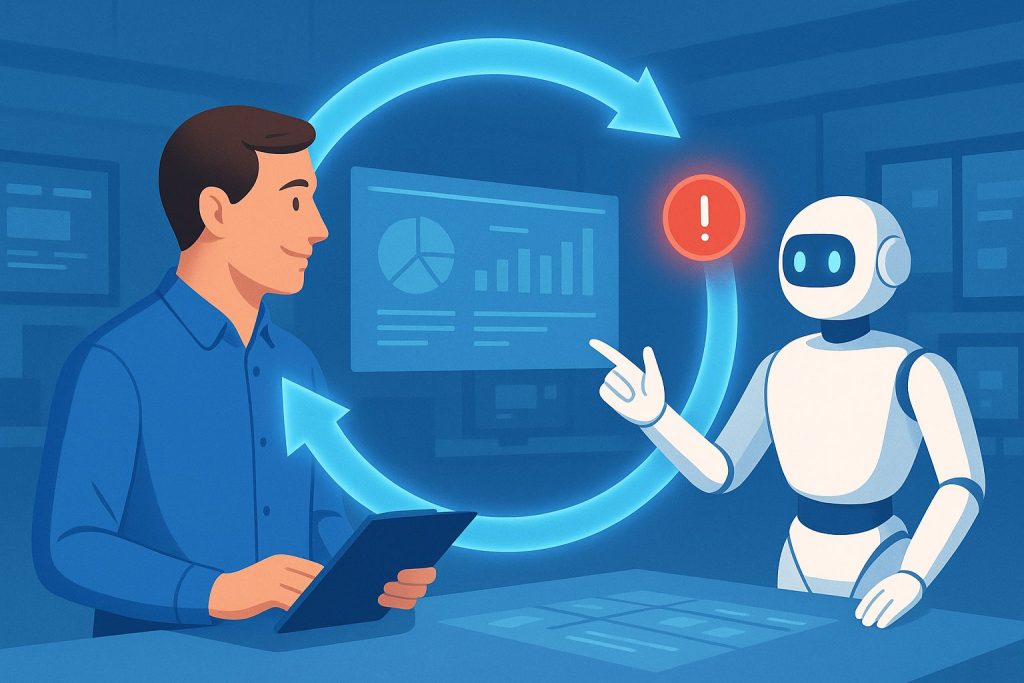
I’m going to do my best not to make this weird, but we are going to talk about porn, so bear with me. Some of the most powerful technological leaps are driven by sectors we don’t want to lift the lid on. Especially if you do a lot of your browsing in an open plan office. Consequently, some of the big leaps forward inevitably emerge from the shadows: industries that most people prefer not to discuss. And when they surface into the mainstream, there can be a cost — to our innocence, to our sense of discovery, and to the nerdy joy of experimentation.
Adult entertainment: A historic powerhouse for new technology
The adult industry’s influence on technology dates back centuries. Every major information or entertainment technology — from the printing press to internet platforms — has rapidly adopted then reshaped itself around demand for adult content. After Gutenberg’s press made explicit images more accessible in the 1500s (which seems to have been an evolution that took place about five seconds after the bibles were printed), this pattern repeated: motion pictures, 8mm film and Super 8 video all found their first big commercial markets in porn.
The advent of home video saw the VHS vs Betamax ‘format war’, which VHS won, largely because adult filmmakers favoured it. I know that’s not the popular narrative, which focusses on lessons we all learned from the superior marketing of VHS despite the superior quality of Betamax, so I’m sorry if I’ve just spoiled that one for you, but we are where we are. Later, the adult industry was among the first to embrace DVDs, Blu-Ray, and streaming technologies, driving yet more mass adoption.
When things moved online, the adult sector revolutionised web streaming, video sharing, and secure payments. Streaming platforms today mirror the premium membership and payment models adult entertainment developed early. And more recent innovation waves for adult content have gone exactly where you would expect them to: virtual reality, teledildonic hardware (you don’t need to Google that – it’s exactly what you think it is), and immersive webcams for live interactions. Porn platforms set records for interactivity and personalisation, and their innovation echoes across digital telehealth, e-learning, and influencer marketing.
When I tested my thinking on my AI assistant it concluded that, “…the adult industry’s appetite for faster, more intimate, and secure experiences has consistently forced the pace of tech development—often shaping the tools and formats everyone now uses.” Yeah, maybe. I think there’s a simpler answer: there is a LOT of money to be made in porn, as well as an in-built propensity to experiment at the very edge of what’s allowed. There is probably also a very high tolerance for suffering a few complaints along the way, assuming people are prepared to make them. So maybe it’s just that. Either way, and even if it’s not a simple cause and effect, the porn industry is setting the trends we all follow, so it’s good to keep track of where it’s going.
Formula 1: A race to the top
To save anyone’s blushes, I’m going to switch us over to a tech sandbox track that is much easier to research and talk to your boss about: Motorsport. Specifically, Formula One. Although I appreciate that this topic is probably even more off-putting to some people than porn, but for different reasons.
F1 is essentially an international exercise in creating the fastest moving object you possibly can, without it lifting off the ground. At first glance it seems pretty far removed from the world of streaming porn or generative AI, but it shares a key characteristic: somewhat secretive, intense tech experimentation in a very niche ecosystem. Teams pour over telemetry, AI models, and real-time analytics; the governing body deploys machine learning to apply the rules and detect track-limit violations. Race strategy is data-driven to an insane degree.
The sport is big money too: sure, it’ll cost you £1million just to put your logo on an F1 driver’s helmet, but F1 also contributes around £8bn each year to the UK economy alone. Races can be won and lost by hundredths of a second. You can see why you’d go all out to find even the smallest margin and outpace the other guy.
All of which makes it less surprising when you realise F1 is where so many standard features on our cars originated: rear view mirrors, your ABS and disc brakes, push-button ignitions, hybrid power units (‘power unit’ is what F1 people say instead of ‘engine’ – because they’re not really engines at this point), active suspension… That’s before we get into how the data analytics advances leap across to healthcare and elsewhere.
The AI’s insight from my F1 musing was this: “F1’s pace of change and relentless competitive drive keeps it on the leading edge, exporting real-world solutions for safety, materials science, and sustainability.” Sure. But at the risk of oversimplifying, I think this is mainly about the sheer value the sport places on being first. You say tomato…
Where are we going with this?
History and evidence tell us that innovation rarely starts at the centre. It starts where incentives and competition are strongest; where curiosity, speed, privacy, and a premium on customer experience drive relentless experimentation. Technology is shaped on the edge, not just in established tech companies. And generative AI is no different.
If you want to predict the next big shift, you have to look for the sectors pushing boundaries just outside the mainstream — where profit and customer experience rely on being smart, and your survival depends on it.
Generative AI is now widely accepted as the productivity frontier, delivering transformation across nearly every sector. And we know you’re all busily working out how best to use it and scale it to make a difference. But please remember to keep an eye on industries who live at the bleeding edge.
The transition: from tinkering to deployment on an industrial scale. The end of innocence.
When a technology moves from the phase of ‘niche sandbox’ to ‘industry standard’, the culture around it changes. What was once messy, playful, and exploratory becomes polished, engineered, and commodified. And that transition often comes with a loss of innocence.
In October 2025 we got confirmation that OpenAI is preparing to allow adult content in ChatGPT for verified adult users, marking a major change in policy. CEO Sam Altman announced the rollout is expected to begin in December 2025, and he was keen to emphasise new age-verification systems and stricter protections for minors and vulnerable users.
The motivation is apparently to “treat adults like adults” and allow for more flexible, personalised use of the chatbot – but it cannot be unconnected to the fact that rivals have introduced more permissive features to win market share.
I suspect the early era of Twitter – when geeks and oddballs played, and when discovery felt open – is instructive here. There was earnestness, weirdness, and serendipity in those first years of tweets; features we’ve seen in abundance in everyone’s discovery of gen AI over the past couple of years. Then Twitter changed as scale arrived: ads, algorithms, metrics… and the vibe has changed almost beyond recognition.
If/when the ChatGPT everyone adopted early goes the same way, we should ask: What of that weird, exploratory zone could we lose? Well, I made a list:
- Loss of playground space: When everything becomes optimised and industrial, the smaller, odd players, quirky experiments, and underground tinkering can get squeezed out.
- Changing norms for relationships: If hyper-stimulation becomes standard when you’re in the clutches of an algorithm – one that will already tell the dumbest person you know that what they just said is really smart – the baseline for your real world experience shifts. That impacts expectations and behaviour on every level – and it changes how satisfied you are with everything that happens outside your interaction with AI.
- Cultural flattening: When things go mainstream, the funny, the weird, and the un-monetised tends to vanish. We get more of the same, rather than surprises. And AI defines ‘norms’ by making massive generalisations that exclude every kind of minority characteristic.
How to make space to keep innovating
I’m conscious this has got a bit dark when what I really wanted to say was that we all need to keep having fun:
- Make space for experimentation: find the budget, create the roles, buy the odd tool before ROI is a rock-solid certainty, green light the marginal project that doesn’t have to scale but solves a problem.
- Stay aware of the incubation zones for technology: watch the industries you rarely discuss, and the infrastructure they build. From a safe distance is fine.
- Value the joy of discovery: celebrate learning, try something weird (as long as it’s safe and legal), share it with others – not because it’s optimised for monetisation, but because it’s fun and teaches you something, even when it goes wrong.
- Keep talking about ethics, access and bias: do this while we’re still in a grey space where shapes are being drawn and defaults being set.
Because sometimes, what starts in the niche is often where the magic is. And when the niche becomes normal, the magic doesn’t have to vanish — but it changes shape. We do well when we notice the change.



